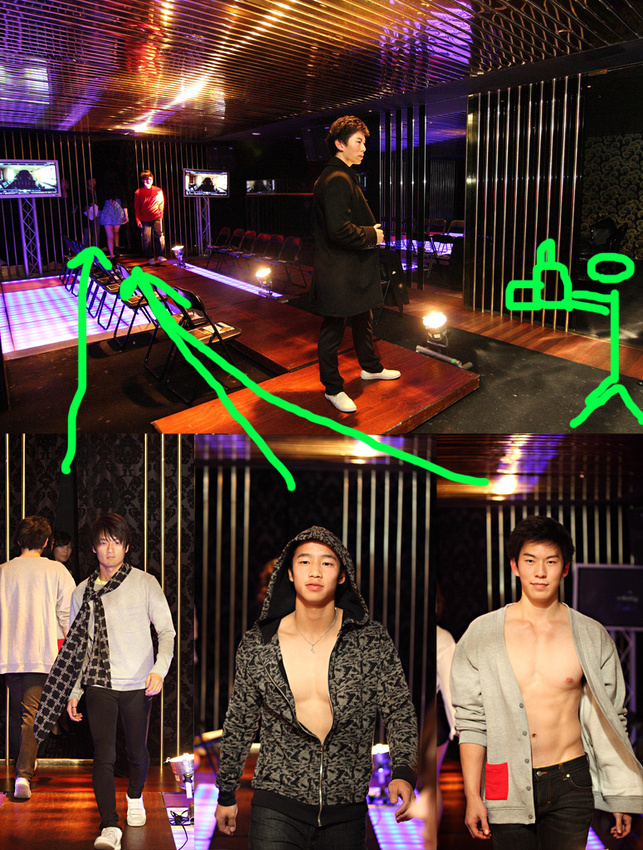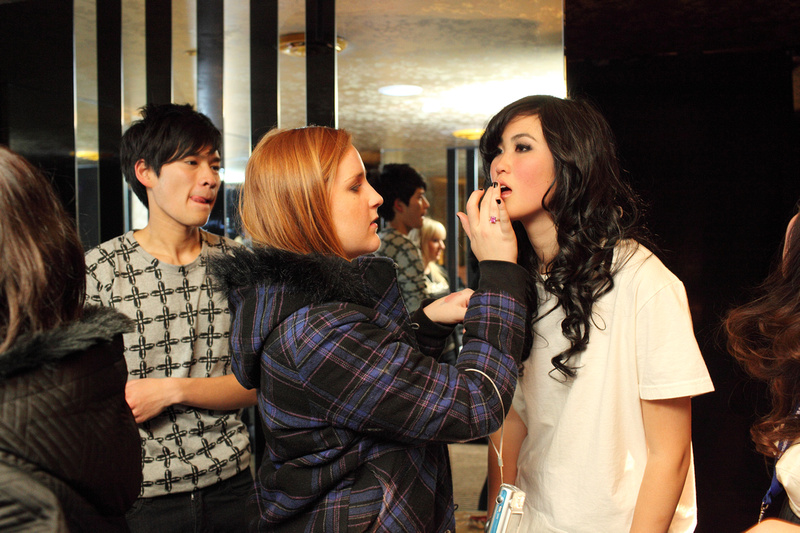Kym you do have another choice when you can't bounce: direct flash. This will be practically the same as using a Gary Fong when you can't bounce.
I understand the point you're making but I have a major disagreement with what you say, because in my mind the Gary Fong is a Bounce modifier. It too relies on bouncing otherwise only the direct flash component of it goes through. So in the absence of a bouncing surface (e.g. outdoors into the sky) the only flash will be direct flash. In those situations, you may as well just point the flash straight ahead, it will be identical. (Try going outdoors and photographing a person first with direct flash, then with the Gary Fong. The images would be near identical assuming you keep the parameters constant and are within the range of the (range crippled) flash. Theoretically, because the tupperware diffusers like the Fong are slightly larger than the bare flash head, you get a very slightly softer light but this is not noticeable in practice because the difference is so small.
With your other concerns, colour, high ceiling, texture, I have described the workarounds below:
Ceilings can rarely be relied upon, because of the shadows it casts and also because as you say it is often too high. Instead, you should try and find other surfaces to bounce off, such as people, poles, furniture etc. Here there was a brown, very high ceiling so I roosted the camera up on a Monopod and bounced off a window blind):
Here's another photo, the top photo is the scene showing where I was standing and where the models were coming out of. Normally fashion shoots are flash-less, but this one they had these awful spotlights which made available light photography unusable, so I had to use flash (nearly burned out my flash units too from the heavy usage). As you can see the ceiling was pretty gruesome (had slits and stuff that reflected back towards me (not evident in photo) so in the end I ended up bouncing off the silver poles you can see on the right. They provided a nice surface that reflected the light back (sample photos below). More importantly, they went in the direction I wanted.
In this one I did bounce off the ceiling (kind of, more like the intersection of celing and wall) Colour of the ceiling or texture is irrelevant because you can just colour correct the White Balance in RAW. You can't tell from this photo because I colour corrected it, but the ceiling was actually Gold and Textured Flowers (in this photo it looks silver/grey because I colour corrected the whole image):
Or a more extreme example, bouncing off a red painted wall (not visible in photo but it was actually more like crimson red) (excuse the poor quality photo it was just a test shot at a wedding):
As long as you photograph in RAW, colour correction is easy. The only problem is when you allow your ambient light to mix with the bounced flash too much (e.g. if you overexpose the ambient), then you get the mixed lighting effect which is correctable only by gelling your flash or by time consuming work (best to avoid this)
So yeah, you don't have to use diffuser/flash modifier if you don't want to. Most wedding and event photographers don't use them anymore.







 Thanks useful information:
Thanks useful information: 






 Reply With Quote
Reply With Quote

